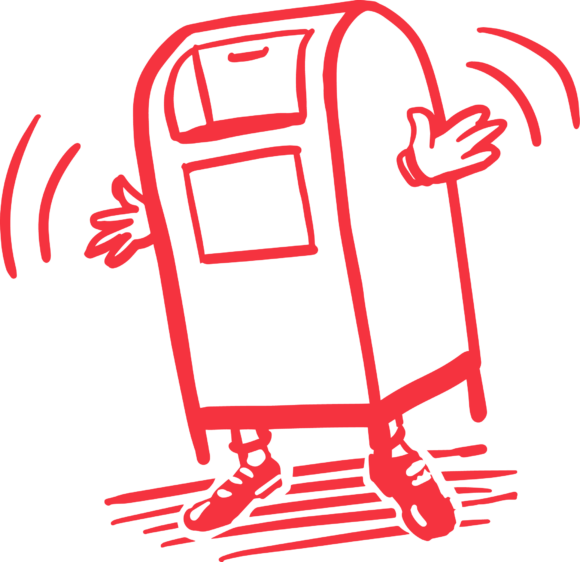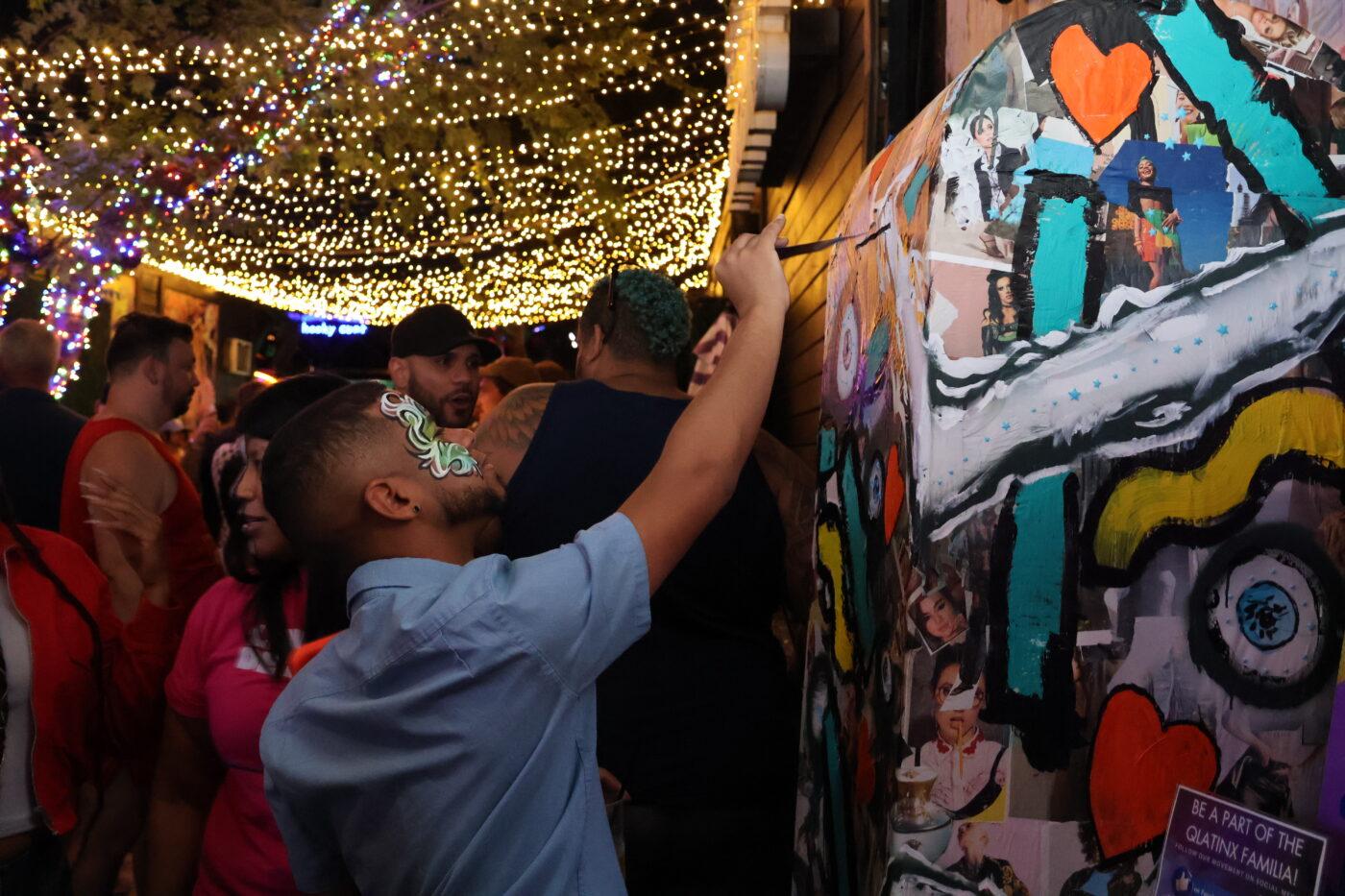Voting should be joyful, safe, accessible, inspiring, and irresistible, all across the United States. The Center for Artistic Activism’s rigorous experiments help voting be all of these things and more.
Going into 2024, we had our work cut out for us. The year posed unique challenges — what had worked before was not necessarily going to work again.
Enter: the Artistic Activism Test Kitchen
We challenged our Unstoppable Voters community to conduct big, bold experiments that figure out what will work best in 2024.

During the spring primary season, eleven teams had
- four weeks
- $4000
- endless mentorship and support from the Center for Artistic Activism
The teams explored these 3 questions
How do we increase excitement in civic participation?
How do we increase access to civic participation?
How do we increase safety in civic participation?
Test Kitchen Takeaways
What we learned:
1. Lead with sincerity and comedy
People had a lot of success being real about how hard things feel right now — and then countering the negativity with humor and joy.
2. Make outreach as individual as possible
The 1:1 conversation really does work best. As much as possible, try to engage people individually for the most meaningful impact.Use Trojan Horses
3. Use Trojan Horses
Lots of groups led projects focused on broad appeal: bar hangs, face painting, mutual aid, comedy shows. Once they had hooked their audience, it was easy to bring up voting and get people to commit to civic participation. Leading with voting would likely have driven people away or turned them off.
4. Make it all super easy
This is pretty obvious, but it came up again and again. Anything that can be done to make the ask easier makes it much more likely to get people to take action. For example, people had success when they:
- created templates so anyone could easily implement an action,
- requested help from people that really played into their interests and skills, and
- gave any amount of money to someone being part of an event.
5. Experiment and evaluate all along the way
If what we’ve done in the past worked as well as we needed, we would have won already. Experiment as much as you can. It can be as simple as adding a fun photo to an email or a song to text message — or as involved as trying that new program you’ve long had a hunch could be the way to really break through.
For a step by step guide to the Center for Artistic Activism method, check out our Unleashing Unstoppable Voters toolkit. It includes help on experimenting and more.

The Experiments
Canvasser Waze
How can we help local organizers report safety concerns so that their canvassers can conduct voter outreach without threat or fear?
Team: Maria Javier, Jeanine Abrams McLean, and Cate Mayer of Public Wise, Fair Count, and Be. The. Ones.
Locations: Georgia, South Carolina, Mississippi
Convention ALL
Can we increase the diversity of Travis County (where Austin is located)’s party conventions? And if we do, does it lead to political parties and platforms that are more representative?
Team: Becky Bullard and Andrew Dinwiddie of Democrasexy with Deeds Not Words and MOVE Texas
Location: Texas
Delivering Democracy
Can a cardboard mailbox bring hope in 2024? It did in 2020; how can we support voting by mail in the face of today’s skepticism and attacks?
Team: L.M. Bogad
Location: Pennsylvania
The Future of South Carolina
Can collective visioning make people more invested in the civic participation that can make that desired future a reality?
Team: Cate Mayer of Be. The. Ones.
Location: South Carolina
Glow in the Dark Voting Stations
What happens when voter engagement moves from over a table into a multi-modal artistic installation?
Team: Carlitos Díaz of QLatinx with additional local organizations
Location: Florida
Local Democracy Challenge
How can we encourage the soon-to-be electorate to engage with their local government?
Team: Alexandra Leal Silva of Common Cause California
Location: California
Music: the Motivoter
Does adding music to voter communication increase its impact?
Team: Nate Dewart of Songs For Good with Fair Count
Location: Georgia
Oops! All Donuts!
Can comedy be used as a vehicle not only to educate about elections but also increase election excitement?
Team: Mark Kendall of CoolCoolCool Productions
Location: Georgia
Pop Up Culture Shop
How can creative communities be mobilized to increase local voter participation?
Team: Jessica Tully and Alejandra G Ramirez of Center for Cultural Power with Gregory Sale of Arizona State University
Location: Arizona
Save Our Progress
Can gaming influencers be turned into voting champions? Can fan activism extend to video game fandoms?
Team: Sara Mortensen and Angela Eng of Fandom Forward
Location: Online
Voting is Mutual Aid
Can voting be rebranded as mutual aid? What happens when voting is presented in this way and included as part of mutual aid events?
Team: Aileen Loy
Location: Georgia
Why Experiment?
Check out these great primers on the need to experiment.
For a corporate perspective (whose takeaways we can certainly apply to our own work):
“If testing is so valuable, why don’t companies do it more? After examining this question for several years, I can tell you that the central reason is culture. As companies try to scale up their online experimentation capacity, they often find that the obstacles are not tools and technology but shared behaviors, beliefs, and values. For every experiment that succeeds, nearly 10 don’t—and in the eyes of many organizations that emphasize efficiency, predictability, and “winning,” those failures are wasteful.
“To successfully innovate, companies need to make experimentation an integral part of everyday life—even when budgets are tight. That means creating an environment where employees’ curiosity is nurtured, data trumps opinion, anyone (not just people in R&D) can conduct or commission a test, all experiments are done ethically, and managers embrace a new model of leadership.”
For a human rights perspective (that reclaims innovation from the private sector):
“There is near-consensus among human rights practitioners that the field faces, if not a crisis, a daunting array of complex challenges. For the majority of the world that lacks significant economic and political power, there is an urgent need to diversify our tools and increase our capacity to innovate as quickly as the powerful do. To meet this need, some human rights advocates have embraced design thinking and the innovation lab model as a way to shake free of old patterns and identify promising, if sometimes crazy, ideas.”




You must be logged in to post a comment.